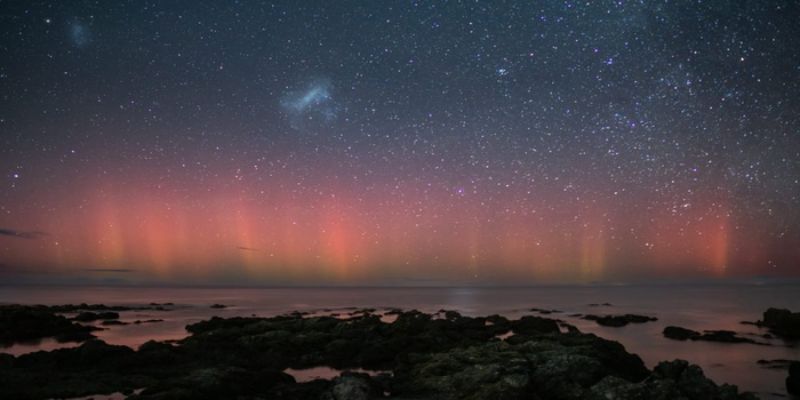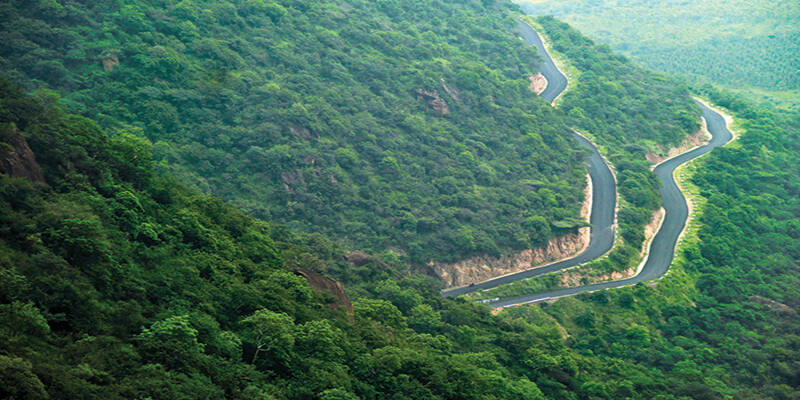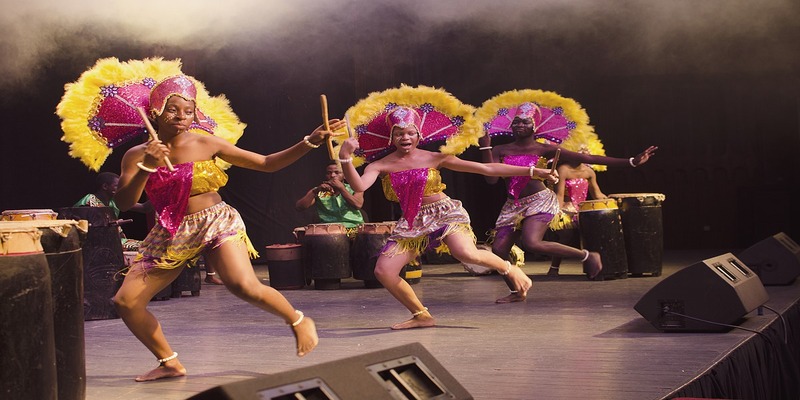It is a wonderful opportunity to spend time in the great outdoors, get nice exercise, and give your body a much-needed rest. This book will provide some vital hiking recommendations for beginners to help you have a happy and safe experience during your trip. It's fantastic that people are spending more time outside again, but unfortunately, this trend has some unattractive drawbacks. Be an advocate for the great outdoors and custodian of the natural world.
1. Hike for Beginners
You will put yourself through a lot of pain if you go on a trek that is too difficult. The greatest error novices make overdoing it. They choose a trail that is either excessively lengthy or has excessive elevation gain. If this is your first time hiking, choose a trail less than five miles long with a moderate amount of ascent.
2. Pick Hiking Gear
When you are just starting out hiking, one of the advantages is that you don't need any specialized equipment; in fact, you may get away with using stuff you already have. Let's begin with what people wear. Wearing jeans and other ordinary garments, which can become cumbersome and cause chafing if wet or sweaty, is a common error that beginning hikers make.
3. Understand Your Map
Put only some of your faith in the location-tracking capabilities of a smartphone app. In addition to that, you need a paper map. Every hiking guide on this website comes complete with a downloadable topo map. We want to thank Ken T and Doc H for providing the shot. The key to a pleasant hiking experience is always being aware of your current location and your intended destination.
4. The Appropriate Timing
At the top of Mission Peak in California, there is a queue of people waiting to have their photos taken. Get an early start if you want to avoid the crowd. To begin, you must get an early start on your trip. I can't stress this enough. The longer you wait, the greater the number of people there will be.
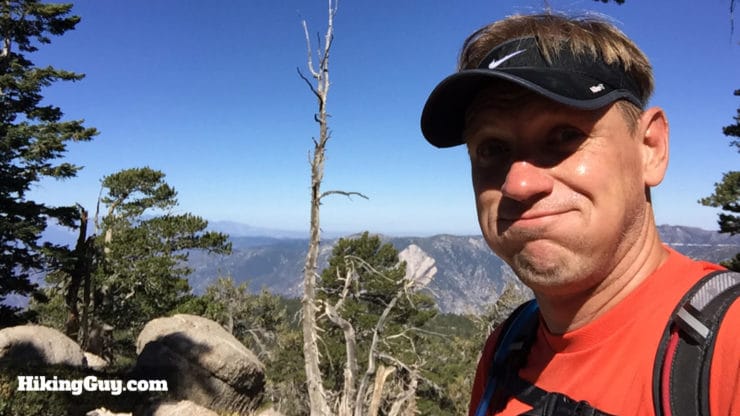
5. Two-Minute Prep Session
Only bother showing up to the trailhead if you discover you require a permit. Complete your assignments. Even the shortest hikes need some preliminary planning, even if it will take a few moments. A few trails need a permit (always mentioned in my guides). Calling the park office will clear up any confusion you may have about whether or not you need one of these passes. They are often available at no cost and may be obtained before your trek.
6. Tell Someone
Here's another helpful advice that won't take much time but might save your life. At the absolute least, let Someone know where you will be hiking and when. Sending a text message to your friends with a link to the hike's homepage and explaining that you'll be returning at a certain time is one option. If anything horrible occurs, this will significantly improve the likelihood that you will be located.
7. A Hike Is Not a Competition
Do you recall the parable about the tortoise and the hare? Regarding trekking, a steady pace is preferable to a speedy one. I often see people new to hiking start too quickly on a trail, only to tire out later in the journey. Keep your energy levels up, particularly if you're on a lengthy trek. You never know what kind of challenge you'll face in the future that will need you to spend all of your energy.
8. Keep an Eye on Your Footing
Most rattlesnake bites result from the animal being stepped on by accident. They can blend in nicely with the dirt path. There is no need to be overly concerned about this matter; however, it is a good reason to pay attention to your feet.
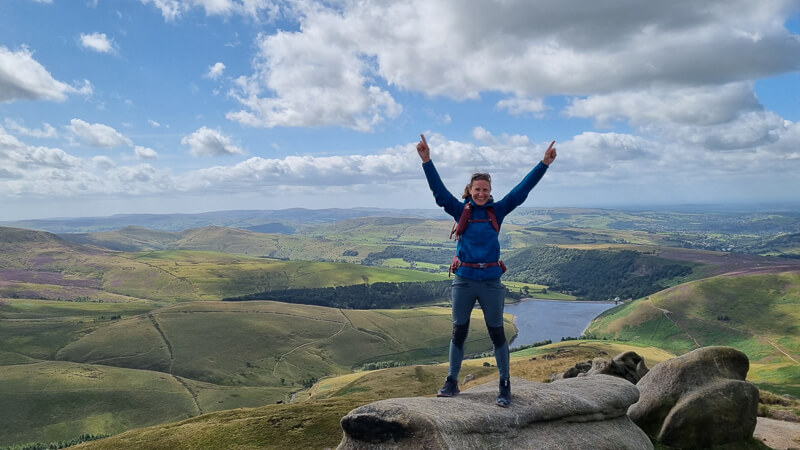
9. Don't Fear Getting Lost
If you are concerned that you may be lost, the very first thing you should do comes to a complete stop. Look at your guide and pay attention to anything that even remotely resembles or sounds familiar. If the environment does not match what is described in your guide, retrace your steps until it does. When hiking, it is common for even the most experienced hikers to become disoriented occasionally; this is not causing alarm.
10. Hiking Etiquette
Although mountain bikes are supposed to stop for pedestrians, you should give them a break and let them go ahead of you. They move much quicker than hikers, so they must maintain their balance to keep themselves safe.
11. Please Share Your Personal Experiences
After that, upload your images to other social networking platforms. Support and awareness are increased according to the number of people outside enjoying the natural environment. The 52 Hike Challenge and the Six-Pack of Peaks are excellent ways to get started in the hiking community.


